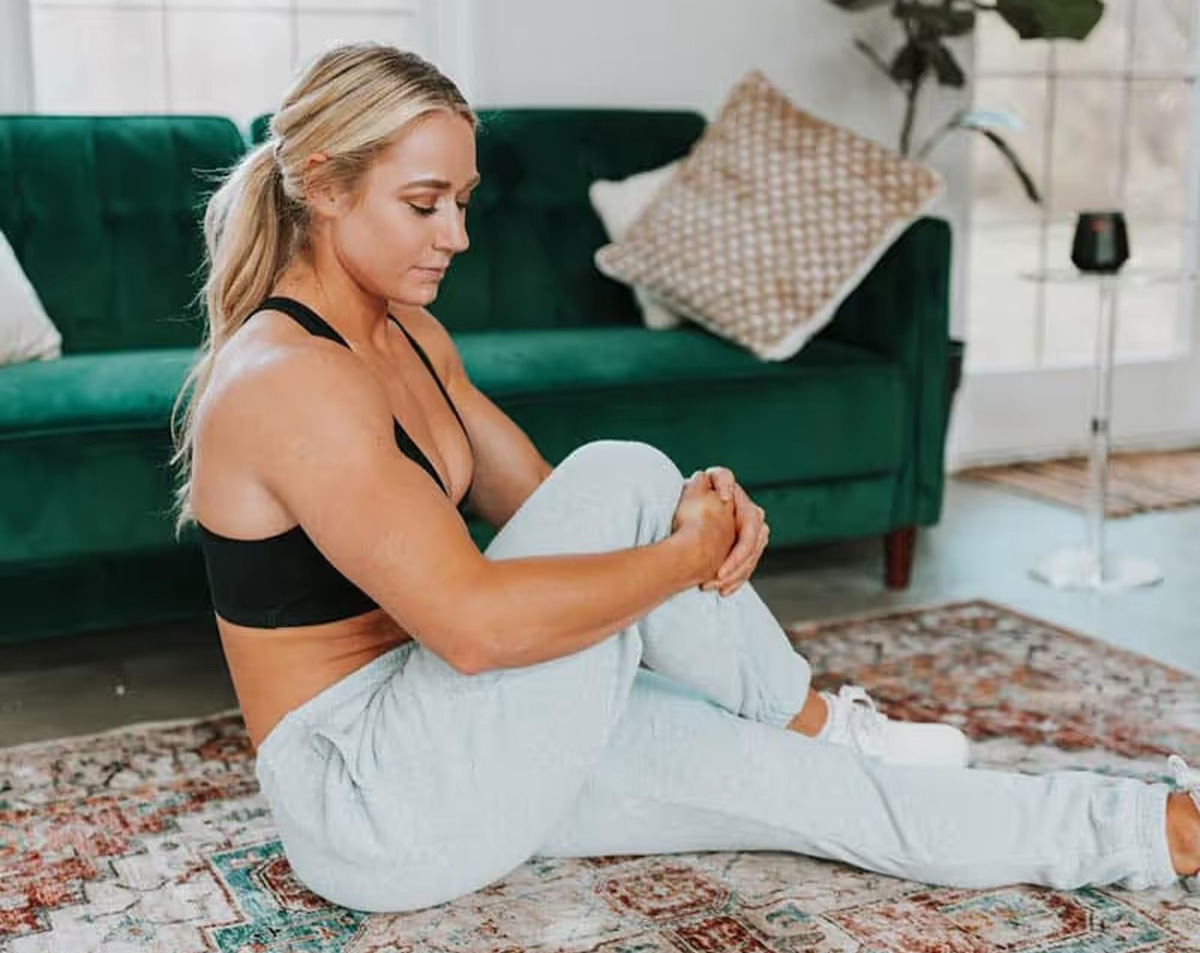
For the athlete, stretching boasts numerous benefits, including increased flexibility and mobility, improved athletic performance, enhanced recovery, and reduced risk of injury. An often overlooked benefit of stretching is its positive impact on sleep. Keep reading to learn how stretching promotes better sleep for improved health and well-being.
Stretching as part of a wind-down routine helps the body prepare for sleep. This is because stretching stimulates the parasympathetic nervous system, the “rest and digest” system. As such, stretching promotes mental and physical relaxation and counters the body’s stress response.

Discomfort from sore or stiff muscles caused by the day’s activities can get in the way of restful sleep. Gentle stretching helps decrease muscle tension, alleviating muscle tightness and discomfort and allowing the body to relax more easily. Prayer stretch on roller is a great way to release tension in the low back, hips, and shoulders before sleep. This stretch has the added benefit of pressure on the belly, which stimulates the parasympathetic nervous system for an added calming effect.
Stretching exercises typically involve deep breathing and paying attention to sensations in the body. Done in this way, stretching is a mindfulness activity that can reduce stress, which can help calm the body and quiet the mind in preparation for sleep.

Sleep hygiene refers to a set of habits that help improve sleep quality and includes creating a calming pre-bed routine, maintaining consistent sleep and wake schedules, and creating an environment conducive to restful sleep. Adding a gentle stretching routine is a great way to improve sleep hygiene.
Stretching improves circulation, which improves sleep quality. Improved circulation can improve temperature regulation, increase mind and body relaxation, reduce physical discomfort, and enhance nutrient delivery and toxin removal. Try side to side and upper back roll to improve circulation for better sleep.

Studies show that exercise and stretching can reduce symptoms of restless leg syndrome (RLS), a neurologic condition that causes discomfort in the legs that often interferes with sleep. For the 5-15% of the population affected by RLS, stretches such as the knight to hamstring stretch can help reduce bothersome symptoms before bed.
Take the guesswork out of creating a bedtime stretching routine by trying a GOWOD Bed time protocol, which can be found in the Daily section of the app. These customized daily protocols are comprised of static and slow-moving dynamic stretches that gently mobilize joints and allow soft tissues to lengthen slowly. Bed time protocols progress from more to less active, ending with static stretches to enhance mental and physical relaxation for increased ease with sleep.

Try GOWOD to experience the benefits of a personalized GOWOD mobility program, including customized Bed time protocols for improved sleep.
Take our FREE mobility and flexibility test to identify your strengths and areas for improvement. In minutes, get a detailed breakdown of each body zone with insights and personalized guidance to progress.
You’re only 3 steps away from unlocking your full potential.
